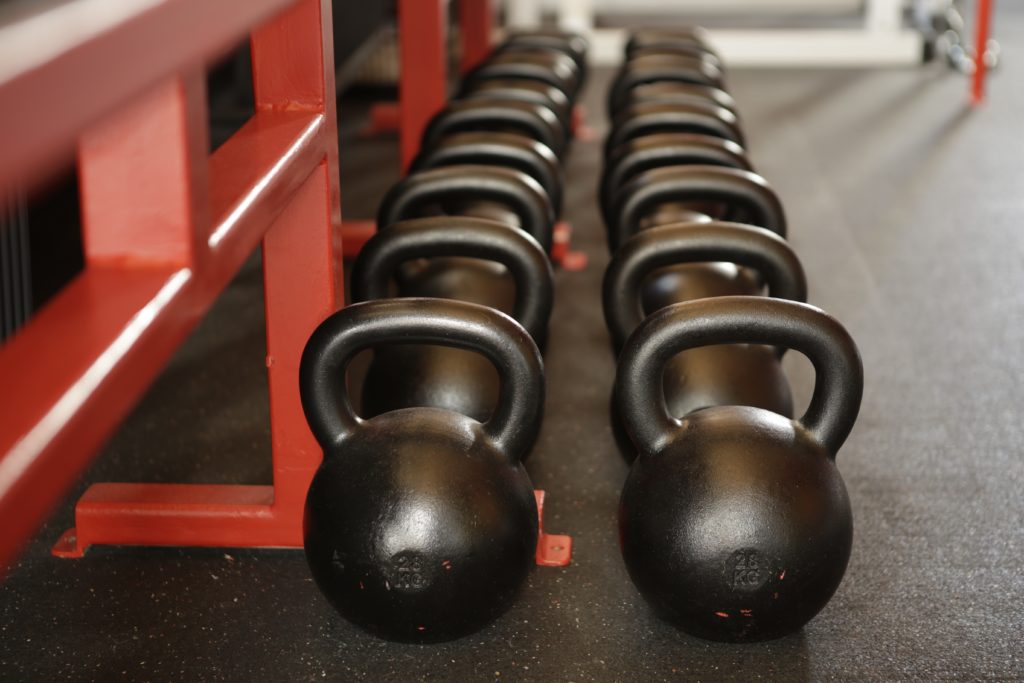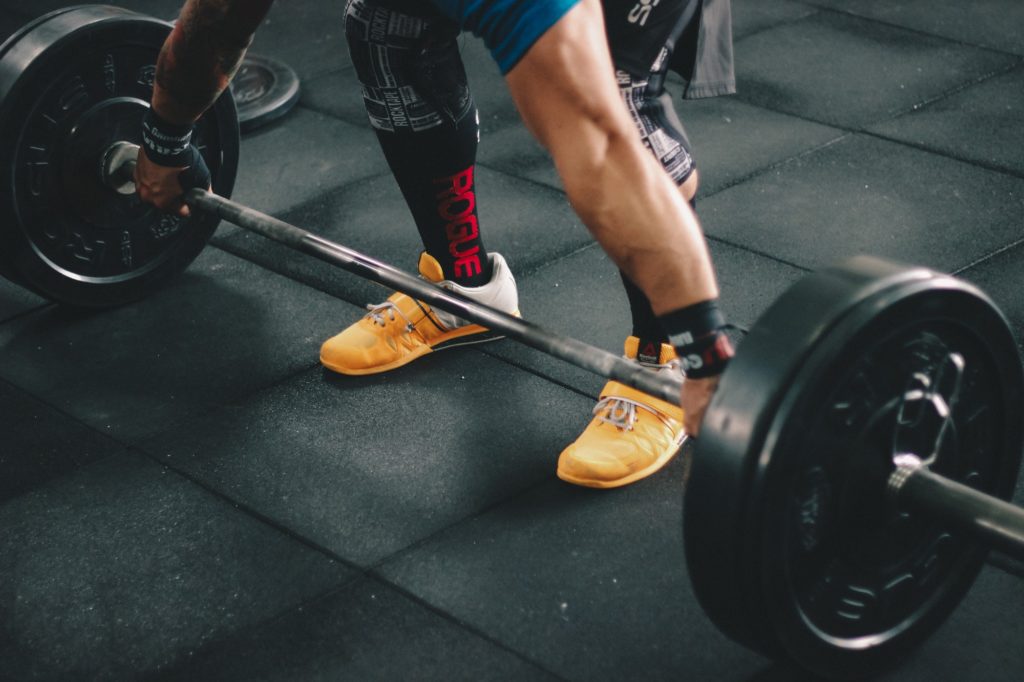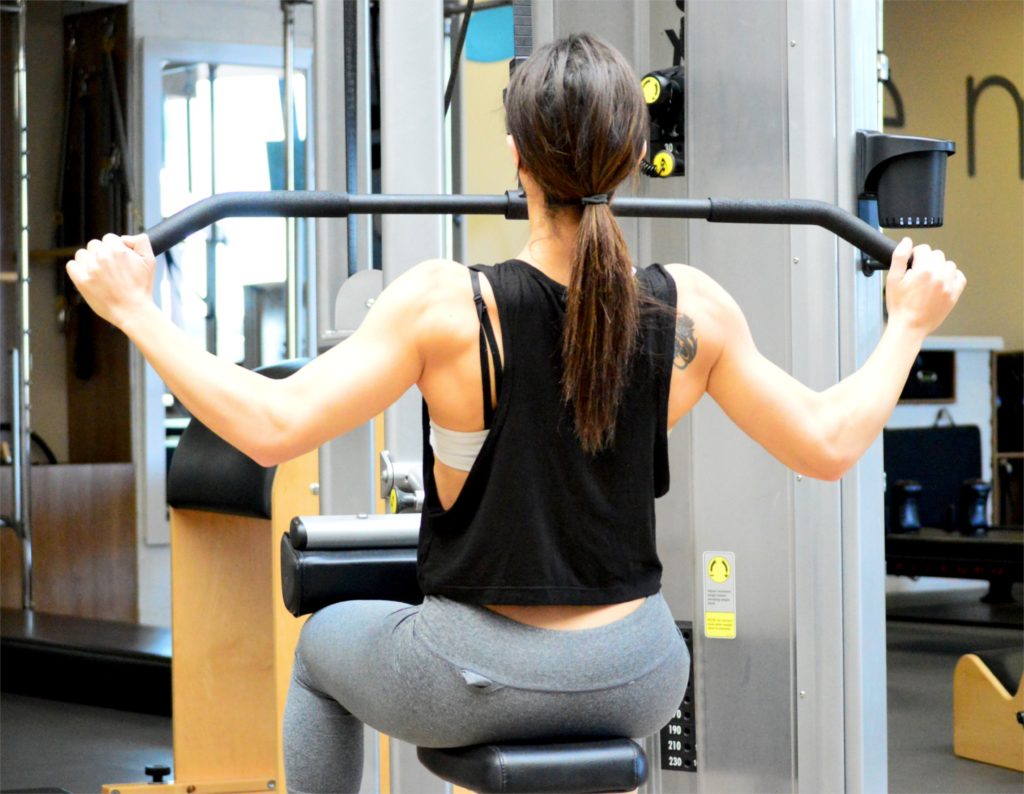Train like a pro
Elite athletes understand they need to build durable and resilient muscles, joints, ligaments, and tendons. The best way to do this, aside from a healthy diet (nutrition blog post) and adequate recovery practices (sleep blog post), is resistance weight training. When we lift weights, we place an external load on the body, mimicking the forces encountered in sports. Forces placed against the body are present in both contact and non-contact sports. When participating in non-contact sports such as running, throwing, and golf, forces are still exerted from contact with the ground or from internal forces the body places on itself during movement. This week we will dive into the key principles of strength and conditioning that will help you train like a pro.
Keep it simple

Most people would be surprised by the simplistic workouts of the world’s top athletes. There is a misconception professional athletes are using state of the art equipment unavailable to the average person. While elite athletes do have access to incredible facilities and equipment, most pros are still using simple squat racks, barbells, dumbbells, pull-up bars, and kettlebells – equipment we almost all have access to.
Traditional bodybuilding training focuses on single joint, single muscle group exercises. While effective for improving aesthetics, these movements do not increase functionality in the athlete or mimic the demands encountered in sports. The key is to focus on compound, multi-joint exercises like the deadlift, squat, pull-up, bench press, and weighted rows. These exercises will stress multiple muscle groups, requiring they work together to move the load.
Focus on closed chain exercises

Closed chain exercises are when the body part being moved is anchored to the ground or an immovable object, like a pull-up bar. The direction of muscle pull is towards the ground or immovable object. Force is being transmitted through the ground, not through the air when you perform exercises such as deadlifts, squats, push-ups, pull-ups, or lunges. These exercises recruit larger muscle groups and require they work together to move the load. Closed chain exercises also require greater stabilization of the spine, which is essential for protecting the lower back during sports.
Contrarily, open chain exercises are when the arm or foot is free to move and is not anchored to the ground or an immovable object. The direction of muscle pull is inwards toward the body when you perform exercises such as bicep curls, bench press, hamstring leg curls, or quad knee extensions. The muscle is mainly recruited in the concentric (shortening) phase of muscle action. As such, open chain exercises are less functional to the athlete and should not be the focus of a strength and conditioning program.
Control the eccentric portion of the lift
Many injuries in sports occur when the muscle is asked to contract while it is in the process of lengthening. Bicep tendon tears, hamstring tears, and achilles ruptures are common injuries that often occur in the eccentric phase of muscle action. This type of contraction causes the most tearing of muscle fibers, whether injury occurs or not. A simple example of eccentric muscle action is during the bicep curl. As the weight is lifted, the bicep is acting concentrically, meaning it is shortening while it is contracting. As you slowly lower the weight, the bicep is eccentrically contracting, meaning you are putting it under load as the muscle lengthens.
By focusing on slow lowering in movements like the squat (descent), deadlift (lowering the bar to the ground), and pull-up, you can target the eccentric muscle actions, making your body more durable and resilient to injury. As an added bonus, muscle growth is stimulated most by eccentric exercises.
Adopt a pull to push ratio of 2:1 or 3:1

This ratio will maintain the balance of your posterior (back) and anterior (front) muscle chains. Proper balance and upright posture depends on balance between these two chains of muscles. Most people are insufficient in their posterior chain (calves, hamstrings, glutes, triceps, upper back muscles) and overly sufficient in their anterior chain (quads, upper abdominals, pecs, and biceps). A reason for this pattern is the anterior chain muscles are the ones typically associated with an aesthetic body and are trained more often than the posterior chain muscles. When it comes to function, a strong posterior chain in balance with the anterior chain is key. A strong posterior chain will help you develop more force in your running stride, take and receive hits in contact sports, and stick a landing after a vault in gymnastics.
Pulling exercises include pull-ups, deadlifts, seated rows, dumbbell rows, and lat-pull downs.
Pushing exercises include push-ups, bench press, incline DB press, landmine press, and strict press.
SAID principle
Finally, it is important your gym training closely mimics demands encountered in your sport. The Specific Adaptation to Imposed Demands (SAID) principle states the biomechanical and neural adaptations your body makes to training will be specific to the movements being trained. For example, if you want to get better at running, you should not bench press every time you go to the gym. Conversely, if you are an offensive lineman in football, obtaining a strong bench press will be essential to success in your sport. Choosing exercises that either recruit the muscle groups you plan to use or movements that look similar to the ones you perform in your sport is crucial to training like a pro.
Post written by Dr. Riley Kulm, DC. Check out Dr. Riley Kulm’s bio here.


